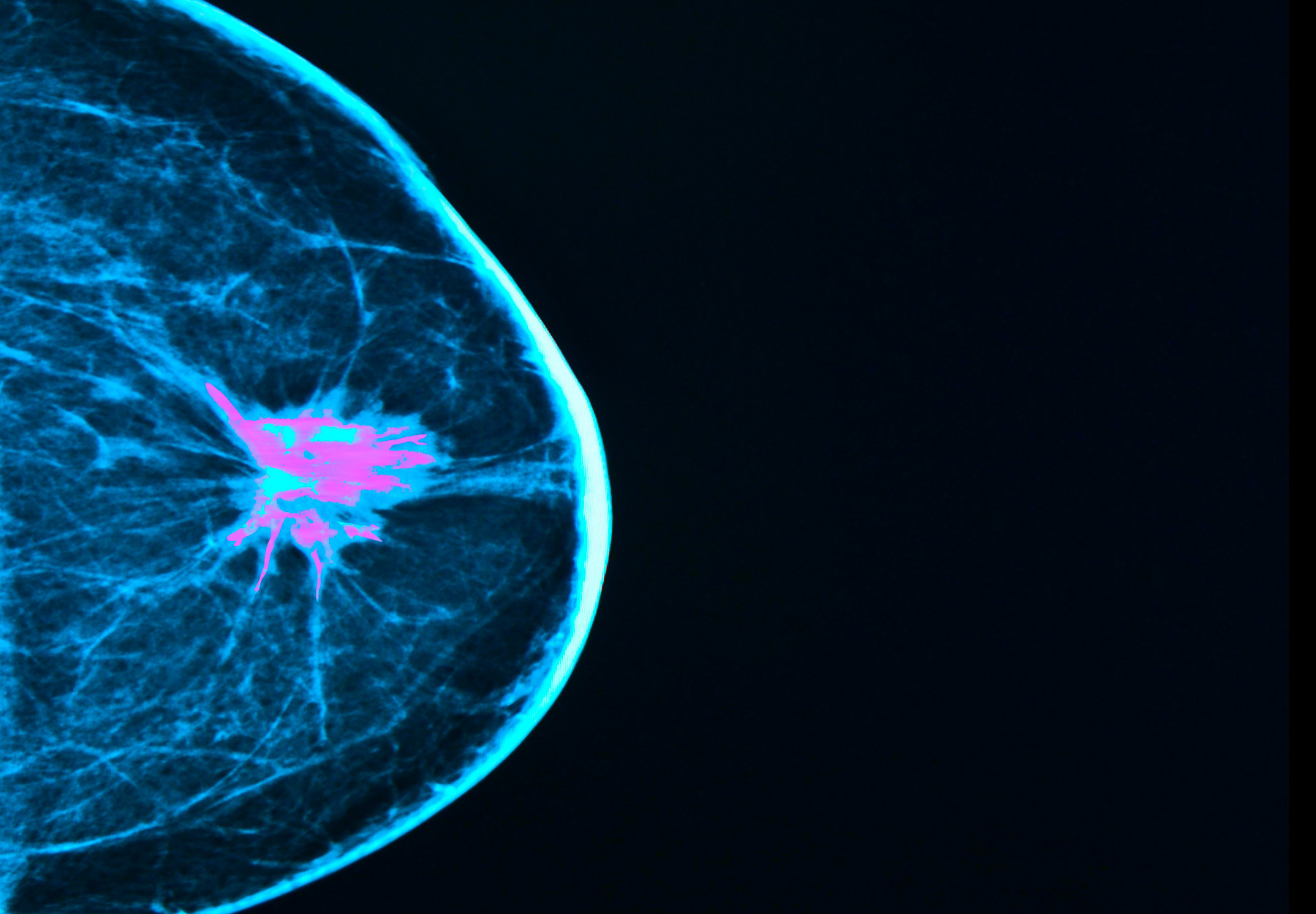Breast Tissue Density Reporting Should Cover All Women
A recent study suggests that the US should standardize breast density reporting and require that all women receive notification.

The US needs standardization of breast tissue density reporting so that all women are apprised of the density category they fall into, even if they do not have dense tissue. That is the conclusion of a new study published in the influential Journal of the American College of Radiology (JACR) on March 24.
The Diagnostic Challenge
Approximately 50 percent of US women in their 40s and 50s have dense breast tissue. In addition to increasing breast cancer risk, dense tissue may make it more difficult to detect the disease via mammogram. For that reason, 38 states and the District of Columbia have laws requiring providers to notify women with dense breasts of their condition and how it exposes them to additional cancer risk, according to DenseBreast-info.org. Such post-mammogram notification rules can lead to further screening and modestly increase early detection, according to a 2019 Yale University study published in the American Journal of Public Health. However, in the states where they do exist, reporting law requirements vary significantly by jurisdiction. Some states “mandate reporting of breast density for all mammography encounters and others [require reporting] only if the woman had dense (heterogeneously or extremely dense) breasts,” according to the JACR study authors. “Variable reporting of breast density information may confuse women and limit the impact of state-based legislation.” The U.S. Food and Drug Administration (FDA) made an effort to address the problem at the federal level in 2019 by proposing amendments to the Mammography Quality Standards Act that would require testing facilities to report breast density information no matter the density category. However, the proposal has yet to be adopted and there is no definitive indication to suggest that it will be any time soon.The JACR Study
With this in mind, a team of researchers led by Rebecca Smith of Dartmouth College conducted a survey to evaluate women’s understanding of the risks associated with having dense breast tissue and the impact, if any, of notification and reporting protocols on this understanding. From December 2017 to January 2020, they surveyed 1,528 women ages 40 to 74 that:- Did not have prior breast cancer;
- Had a normal screening mammogram in the previous year; and
- Had ≥1 recorded breast density measures in four Breast Cancer Surveillance Consortium registries with density reporting laws.
Findings
Survey participation was 28 percent (1,528 of 5,408), with 59 percent (896 of 1,528) of the participants having ever-dense breasts, defined by the researchers as referring to breasts found to be “heterogeneously or extremely dense within the past [five] years].” Key findings:- Concordance between the women’s self-reporting of their own breast tissue density and clinically measured density was 76 percent among those with dense tissue and 14 percent among those without dense tissue;
- Women with dense tissue had more interest in supplemental screening than women who reported having nondense tissue (29 percent compared to 15 percent);
- Women with nondense tissue in states that require reporting of density regardless of category were 6.3 times more likely to have accurate understanding of the ramifications of having dense breasts; and
- While 62 percent of the women surveyed knew that dense breast tissue makes it more difficult to find breast cancer, only 13 percent knew that having dense tissue translates to increased breast cancer risk.
What It Means
The study suggests that standardizing breast density reporting and requiring that all women receive notification, even if they do not have dense breasts, may increase knowledge of density risks and help ensure that women make better informed decisions about screening. “Our results emphasize a need for both improved density communication and tools to support supplemental screening discussions; this need is heightened by pending implementation of national density-reporting regulations,” the researchers concluded.Subscribe to Clinical Diagnostics Insider to view
Start a Free Trial for immediate access to this article